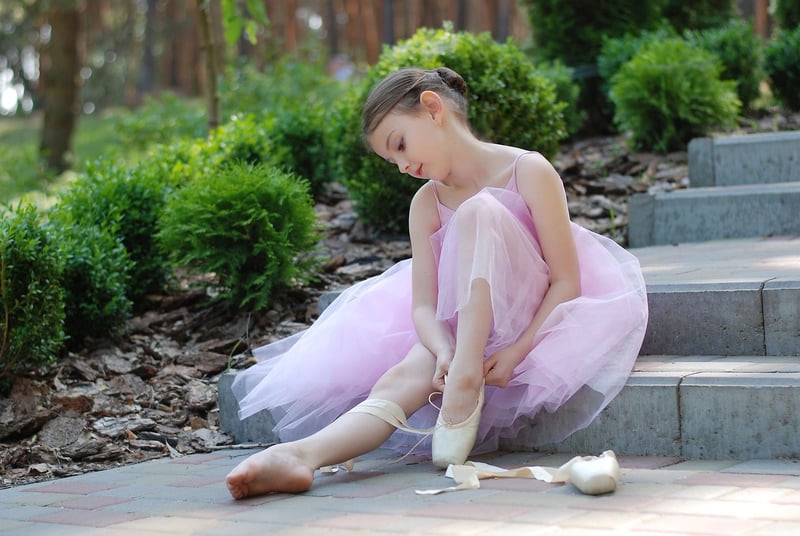Contemporary Styles
The Art of Expressive Movement in Contemporary Styles
Expressive movement in contemporary styles of dance is a captivating art form that merges emotion, creativity, and physicality. This dynamic fusion pushes boundaries, challenges traditional norms, and showcases the power of movement as a form of self-expression. Let's dive into the world of expressive movement and explore its significance in contemporary dance.
What is Expressive Movement?
Expressive movement is a dance form that goes beyond just executing steps in a routine. It involves conveying emotions, telling stories, and connecting with the audience on a deeper level. Dancers use their bodies to express feelings, ideas, and experiences, creating a visceral and authentic connection with the viewers.
The Role of Emotion in Contemporary Dance
In contemporary dance styles, emotions play a central role in shaping the movements and narratives. Dancers draw inspiration from personal experiences, social issues, and the world around them to infuse their performances with raw emotion. This emotional authenticity resonates with audiences and creates a powerful and thought-provoking experience.
Exploring Contemporary Dance Styles
Contemporary dance styles encompass a wide range of techniques and approaches, allowing dancers to explore different movement vocabularies and push artistic boundaries. From fluid and lyrical movements to sharp and angular gestures, contemporary dance offers a versatile canvas for self-expression.
1. Lyrical Dance
Lyrical dance combines elements of ballet, jazz, and contemporary dance to create a fluid and expressive style. Dancers focus on interpreting music lyrics and conveying emotions through movement, resulting in a poignant and captivating performance.
2. Gaga Dance
Originating from the movement language developed by Ohad Naharin, Gaga dance encourages dancers to explore their physical sensations, emotions, and instincts. This improvisational style embraces individuality and allows for genuine and uninhibited expression.
3. Contact Improvisation
Contact improvisation is a form of partner dance that emphasizes weight-sharing, momentum, and spontaneous movement creation. Dancers engage in a physical dialogue, responding to each other's actions and impulses to co-create unique and dynamic performances.
The Impact of Expressive Movement
Expressive movement in contemporary styles has a profound impact on both dancers and audiences. It encourages self-discovery, emotional release, and connection with others. Through the power of movement, dancers can communicate universal truths, evoke empathy, and inspire change.
Embrace the Art of Expressive Movement
Whether you are a seasoned dancer or someone exploring dance for the first time, embracing the art of expressive movement can be a transformative experience. Allow yourself to connect with your emotions, unleash your creativity, and communicate through the language of movement. Join the movement and discover the beauty of expressive dance in contemporary styles.
Image Source: Link

